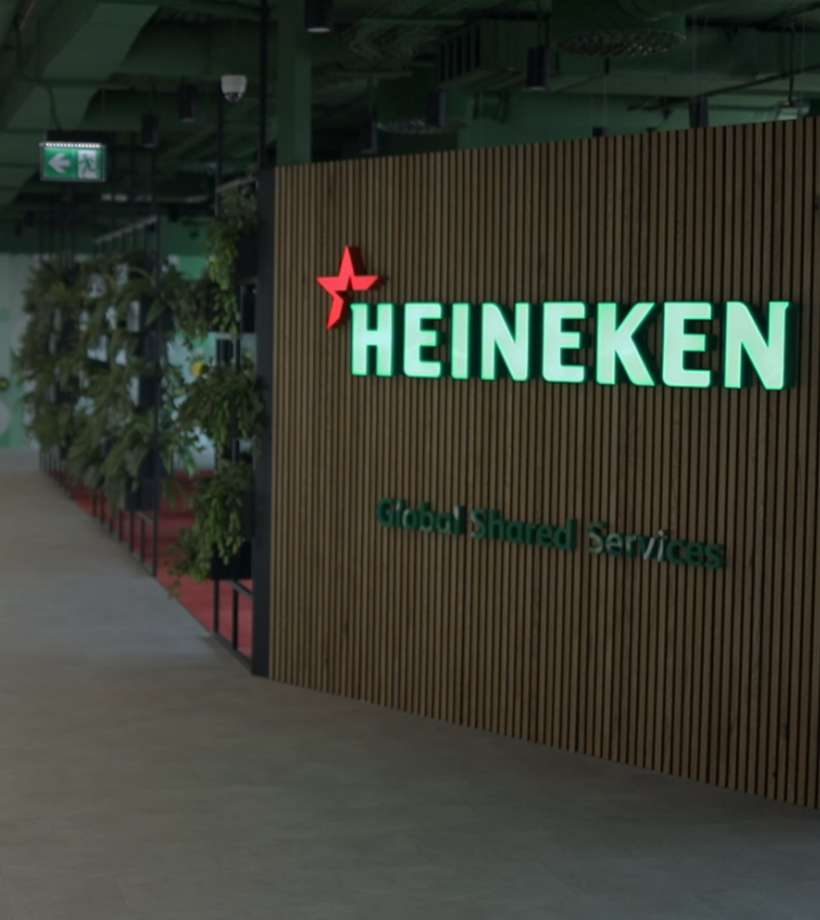-
Featured services
2026 Global AI Report: A Playbook for AI Leaders
Why AI strategy is your business strategy: The acceleration toward an AI-native state. Explore executive insights from AI leaders.
Access the playbook -
Services
Alle Services und Produkte anzeigenNutzen Sie unsere Fähigkeiten, um die Transformation Ihres Unternehmens zu beschleunigen.
-
Services
Network-Services
Beliebte Produkte
-
Services
Cloud
Beliebte Produkte
-
Services
Consulting
-
Edge as a Service
-
Services
Data und Artificial Intelligence
- KI und intelligente Lösungen
- Daten-/KI-Strategie und -Programm
- Data Engineering und Plattformen
- Daten-Governance und -management
- Datenvisualisierung und Entscheidungsfindung
- $name
- GenAI Platforms
- GenAI Industry Services
- GenAI Infrastructure Services
- GenAI Value Transformation
- Data und Artificial Intelligence
-
-
Services
Global Data Centers
-
Beliebte Produkte
-
Services
Application Services
-
Services
Sustainability Services
-
Services
Digital Workplace
-
Services
Business Process Services
-
Services
Generative AI
-
Services
Cybersecurity
-
Services
Enterprise Application Platforms
![]()
IDC MarketScape: Anbieterbewertung für Rechenzentrumsservices weltweit 2023
Wir glauben, dass Marktführer zu sein eine weitere Bestätigung unseres umfassenden Angebotes im Bereich Rechenzentren ist.
Holen Sie sich den IDC MarketScape -
-
Erkenntnisse
Einblicke und RessourcenErfahren Sie, wie die Technologie Unternehmen, die Industrie und die Gesellschaft prägt.
-
Erkenntnisse
Ausgewählte Einblicke
-
Die Zukunft des Networking
-
Using the cloud to cut costs needs the right approach
When organizations focus on transformation, a move to the cloud can deliver cost savings – but they often need expert advice to help them along their journey
-
So funktioniert Zero-Trust-Sicherheit für Ihr Unternehmen
Sorgen Sie dafür, dass Zero-Trust-Sicherheit für Ihr Unternehmen in hybriden Arbeitsumgebungen funktioniert.
-
-
Erkenntnisse
![]()
Copilot für Microsoft 365
Jeder kann mit einem leistungsstarken KI-Tool für die tägliche Arbeit intelligenter arbeiten.
Copilot noch heute entdecken -
-
Lösungen
Alle LösungenWir helfen Ihnen dabei, den Anforderungen an kontinuierliche Innovation und Transformation gerecht zu werden
Global Employee Experience Trends Report
Excel in EX mit Forschung basierend auf Interviews mit über 1.400 Entscheidungsträger:innen auf der ganzen Welt.
Besorgen Sie sich den EX-Report -
Erfahren Sie, wie wir Ihre Geschäftstransformation beschleunigen können
-
Über uns
Neueste Kundenberichte
-
Liantis
Im Laufe der Zeit hatte Liantis, ein etabliertes HR-Unternehmen in Belgien, Dateninseln und isolierte Lösungen als Teil seines Legacysystems aufgebaut.
-
Randstad
We ensured that Randstad’s migration to Genesys Cloud CX had no impact on availability, ensuring an exceptional user experience for clients and talent.
-
-
![Heineken Landing Page]()
NTT DATA und HEINEKEN
HEINEKEN revolutioniert die Mitarbeitererfahrung und die Zusammenarbeit mit einem hybriden Arbeitsplatzmodell.
Lesen Sie die Geschichte von HEINEKEN -
- Karriere
Topics in this article
Remote work became a reality for all in 2020 – and the future for many of us is set to be a blend for both remote and hybrid working.The move to a blended model where some employees return to the office and others continue to work from home is now a reality. But are your organization and its users ready?
We’re already seeing some businesses and organizations turning hybrid work into a competitive advantage. New job opportunities have opened for roles such as Head of Remote. What’s more, businesses can now access a larger talent pool, where location is no longer a consideration. Many organizations are downsizing their expensive offices and optimizing their workplaces for the ways teams and individuals will now want to interact. This strategic hybrid work approach can increase productivity and agility in some areas, while boosting creativity and collaboration in others.
Hybrid work challenges
Of course, there are some challenges ahead. Many teams have become siloed over the last 16 months or so, with many employees suffering from digital overload. Moreover, you need to deliver an equal hybrid work experience so that you don’t disadvantage some employees because of their location.
If employees work from home, they must be able to work just as effectively as their colleagues in the office. And for those that split their time between the office and remote-based work, that transition to and from workplaces needs to be seamless. So, what technology and IT services do you need to create the optimal hybrid work environment?
Technologies for hybrid work
1: Collaborative technology
Cloud apps like Microsoft Teams enable employees to collaborate wherever they’re located. Integrated tools for file sharing, instant messaging, time and project management, online meetings and calls, provide a virtual workspace for different teams and business objectives.
When you deploy Teams, it’s critical that you build it around the user experience. If you want to maximize technology adoption, you need to take users on the journey with you. We encourage our clients to focus on the people and not be led by technology. This approach ensures that your people are happy and you get ROI from the technology.
2: Cloud telephony
Ever since the pandemic sent employees home, one of the biggest challenges for many of those working remotely has been making telephone calls. Cloud apps like Teams have helped internal communications with the ability to call others within the Microsoft 365 tenant, but not with external parties such as customers and suppliers. Video conferencing and online meeting technology is an option but requires meetings to be booked beforehand, rather than just picking up the phone and speaking to someone directly.
To support long-term hybrid working, cloud telephony solutions integrate your phone system with your collaboration suite via solutions such as using Microsoft Teams with Cloud Voice. This allows you to leverage existing on-premise phone systems and transition to the cloud at your own pace.
3: Audio-visual technology
Many remote employees are at a disadvantage when it comes to joining video conferences and online meetings, relying on built-in cameras and audio, when colleagues in the office have access to state-of-the-art AV equipment.
Remote users need an equal experience when joining internal and external meetings. With the right AV kit, they can participate fully and professionally. Similarly, meeting rooms need to be equipped with technology that delivers a high quality experience for people joining remotely. This includes microphones to pick up audio from everyone in the room, so that remote participants don’t miss out.
4: Technology for employee engagement
With fewer people working in the office at any one time, employee experience and engagement can suffer. Technology that supports internal comms strategies, such as digital events and webcasts, captures a larger distributed audience and ensures that key company information is accessible to all.
One of the other advantages of moving physical internal events online is that content can be available on demand. This now means that employees can attend from anywhere, at any time and not miss out because of meeting clashes, or absences from the office.
Optimizing the employee experience
The cloud has an important role to play in supporting hybrid work environments. The pandemic forced many organizations to adopt cloud technology, as they had to kickstart their digital transformation journey to enable remote work. The next step is to build on these foundations to optimize the employee experience for hybrid work.
If your organization needs to move more workloads to the cloud, we recommend that you start the process with a Cloud Assessment Workshop.
This assessment is tailored to your organization and involves all relevant decision makers to provide you with a high-level overview of how you can effectively achieve your cloud migration. The outputs of our workshop include an analysis of your existing infrastructure, clear recommendations and costs. These cover essentials such as identity and security, email migration, file migration, user training, admin training to support usage and adoption, and managed support.
Now more than ever, it’s crucial that your organization is ready for hybrid work. Despite the immense challenges as a result of the pandemic, migrating to the cloud offers a huge opportunity.
Related reading



